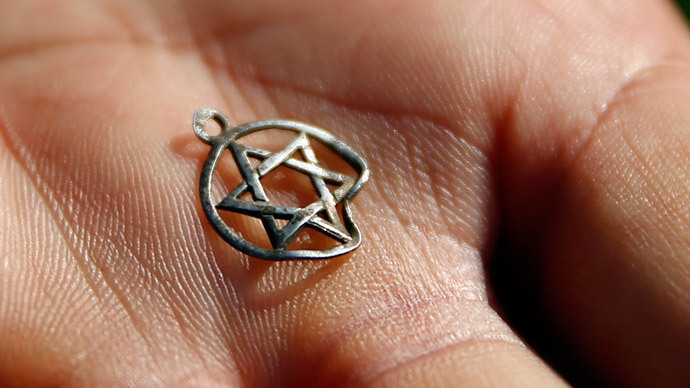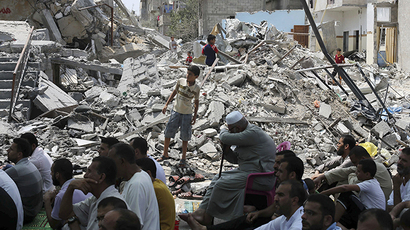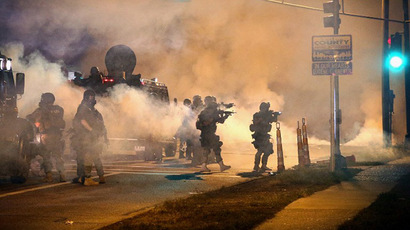Buried Nazi gas chambers discovered by archaeologists in Poland

Archeologists have unearthed hidden Nazi gas chambers at the site of the Sobibor Nazi concentration camp in eastern Poland. An estimated 250,000 people were killed at the camp.
Nazi forces tried to erase all traces of the camp's existence. An
asphalt road was laid over the top of the site after SS leader
Heinrich Himmler ordered its destruction.
The orders came following an uprising against the camp’s staffers
on October 14, 1943. Some 12 SS officers were killed in the plot,
which involved prisoners telling camp guards they had salvaged
well-made or expensive items in order to lure them to a place
where they could be slaughtered.
In the subsequent chaos, some 300 of the 600 Jewish inmates broke
free. However, many were shot while attempting to escape. By the
end of WWII, there were approximately 50 survivors.
The archaeologists explored the site beneath the road and found
rows of bricks, four pieces deep. They have determined that this
is where the walls of the gas chambers once stood.
“Finally, we have reached our goal – the discovery of the gas
chambers. We were amazed at the size of the building and the
well-preserved condition of the chamber walls,” one
archaeologist, Yoram Haimi, told Reuters. Haimi himself had two
uncles killed at the camp during the war.

Among the items discovered was a wedding ring, bearing the
inscription: “Behold, you are consecrated unto me,” in
Hebrew.
The discoveries may also help establish a more precise estimate
on the number of people killed at the camp, as the wall
identifications have helped with calculating how big the camp
was.
“The whole former camp is one huge crime scene,” Tomasz
Kranz, director of Poland's Majdanek Museum, told the Telegraph.
Haimi has previously expressed similar sentiments.
“I feel like I am an investigator in a criminal forensic
laboratory,” Haimi told Haaretz in August 2012 as the dig
was underway. “After all, it is a murder scene.”
Unlike other camps that attempted to masquerade as either prison
or labor camps, Sobibor and its neighbors – Belzec and Treblinka
– were specifically death camps. Inmates were gassed to death
very shortly after entering.
However, there is less information about Sobibor’s operations,
due to its destruction by the Germans.
Another archeologist – Wojciech Mazurek – said that there had
been eight gas chambers.
“The extermination of people took place there; murder by
smoke from an engine that killed everyone within 15 minutes in
these gas chambers, in torment, shouting,” he told Reuters
Television.
“It is said that...the Nazis even bred geese in order to
drown out these shouts so that prisoners could not have heard
these shouts, these torments.”














